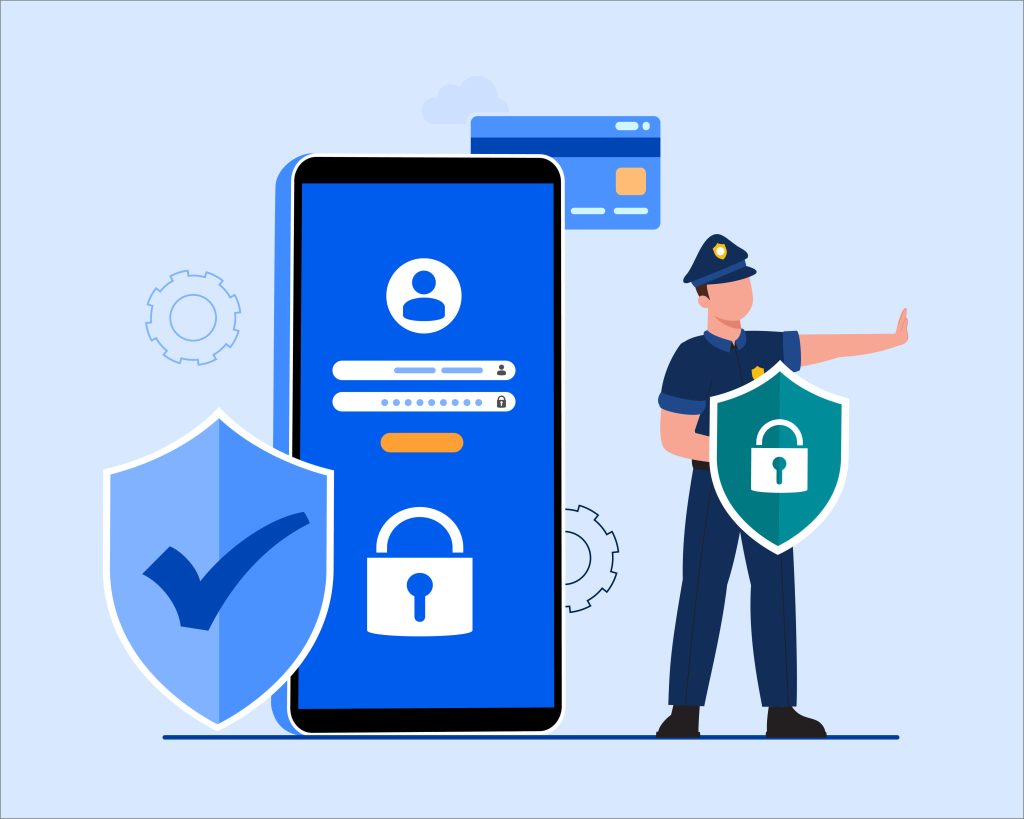In today’s digital age, website security is more critical than ever. Cyber threats, data breaches, and unauthorized access can lead to financial loss, reputational damage, and legal consequences. As a leading web development company, iResolve Services understands the importance of implementing robust security measures to safeguard websites and user data. One of the most effective ways to enhance security is through Two-Factor Authentication (2FA). In this blog, we will explore 2FA and other essential security measures that can protect your website from cyber threats.
What is Two-Factor Authentication (2FA)?
Two-Factor Authentication (2FA) is an additional security layer that requires users to verify their identity using two different forms of authentication before gaining access to an account or website. Instead of relying solely on passwords, 2FA enhances security by incorporating an extra step, making it significantly harder for attackers to breach accounts.
How 2FA Works
- User enters their username and password.
- A second authentication factor is required, such as:
- A one-time passcode (OTP) sent via SMS or email.
- An authentication app like Google Authenticator or Authy.
- Biometric authentication (fingerprint or facial recognition).
- A hardware security key (YubiKey, Titan Security Key).
- Upon successful verification, access is granted.
Why Implement 2FA?
- Stronger Security: Reduces the risk of unauthorized access even if passwords are compromised.
- Prevents Phishing Attacks: Attackers cannot access accounts without the second authentication factor.
- Meets Compliance Requirements: Many industries require 2FA for data protection and security regulations.
- Enhances User Trust: Customers feel safer knowing their accounts are well-protected.
Other Essential Website Security Measures
While 2FA is a powerful security feature, it should be combined with other best practices to create a strong security framework. Here are some additional measures every website should implement:
1. Use HTTPS with SSL Certificates
Securing your website with HTTPS and SSL encryption ensures that all data exchanged between users and the website is encrypted, protecting it from interception and attacks like man-in-the-middle (MITM) attacks.
2. Strong Password Policies
Encourage users and administrators to create strong passwords with a mix of uppercase and lowercase letters, numbers, and special characters. Enforce password expiration policies and avoid using easily guessed passwords.
3. Regular Security Audits & Updates
Perform regular security audits to identify vulnerabilities. Ensure that all website software, plugins, and themes are updated to their latest versions to prevent exploits.
4. Web Application Firewall (WAF)
A Web Application Firewall (WAF) helps filter and block malicious traffic before it reaches the website, preventing attacks such as SQL injections, cross-site scripting (XSS), and DDoS attacks.
5. User Access Control & Role-Based Permissions
Limit access to critical website areas by assigning role-based permissions. Ensure that only authorized personnel have administrative privileges to prevent unauthorized changes or data breaches.

6. Regular Backups
Automate regular website backups to ensure that you can restore your website quickly in case of a security breach, server crash, or accidental data loss.
7. Anti-Malware & Security Monitoring Tools
Implement security tools like Sucuri, Cloudflare, or Wordfence to monitor and detect threats in real-time. These tools help scan for malware, suspicious activity, and vulnerabilities.
8. CAPTCHA Implementation
Adding CAPTCHA to login forms, contact forms, and other input fields helps prevent bot-driven attacks and automated credential stuffing attempts.
9. Session Timeout & Auto Logout
Implement session timeouts and automatic logouts for inactive users to prevent unauthorized access from unattended devices.
10. Educate Users About Security Best Practices
User awareness plays a crucial role in security. Conduct training and share best practices to educate users on recognizing phishing emails, using secure passwords, and enabling 2FA.
Conclusion
Cybersecurity should be a top priority for every business operating online. Two-Factor Authentication (2FA) is a vital security feature that significantly enhances account protection. However, for maximum security, it should be implemented alongside other security measures such as HTTPS, strong passwords, regular updates, and security monitoring. At iResolve Services, we specialize in developing secure websites that help businesses protect their data and users from cyber threats.
If you’re looking for a secure and reliable web solution, contact iResolve Services today! Let us help you build a website that is not only high-performing but also fortified against modern cyber threats.








